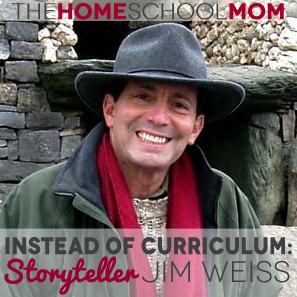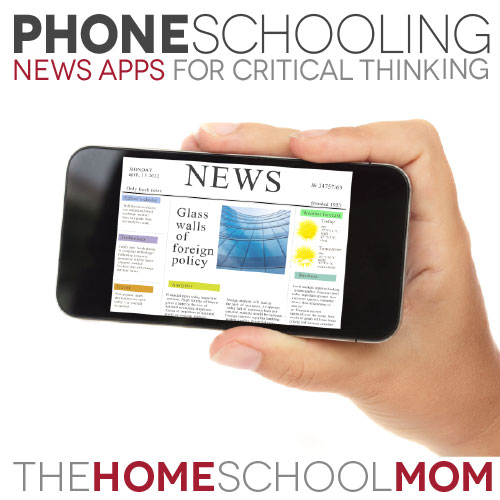History
-
Instead of Curriculum: Storyteller Jim Weiss
-
How To Make a Timeline Easily
-
Timelines in the Homeschool
-
How Natural Consequences Benefit Children
-
More PhoneSchooling: News Apps for Critical Thinking
-
Homeschooled Politicians Who Shaped America
-
Interest-Based Groups For Learning & Fun
-
Choosing Your History Curriculum









